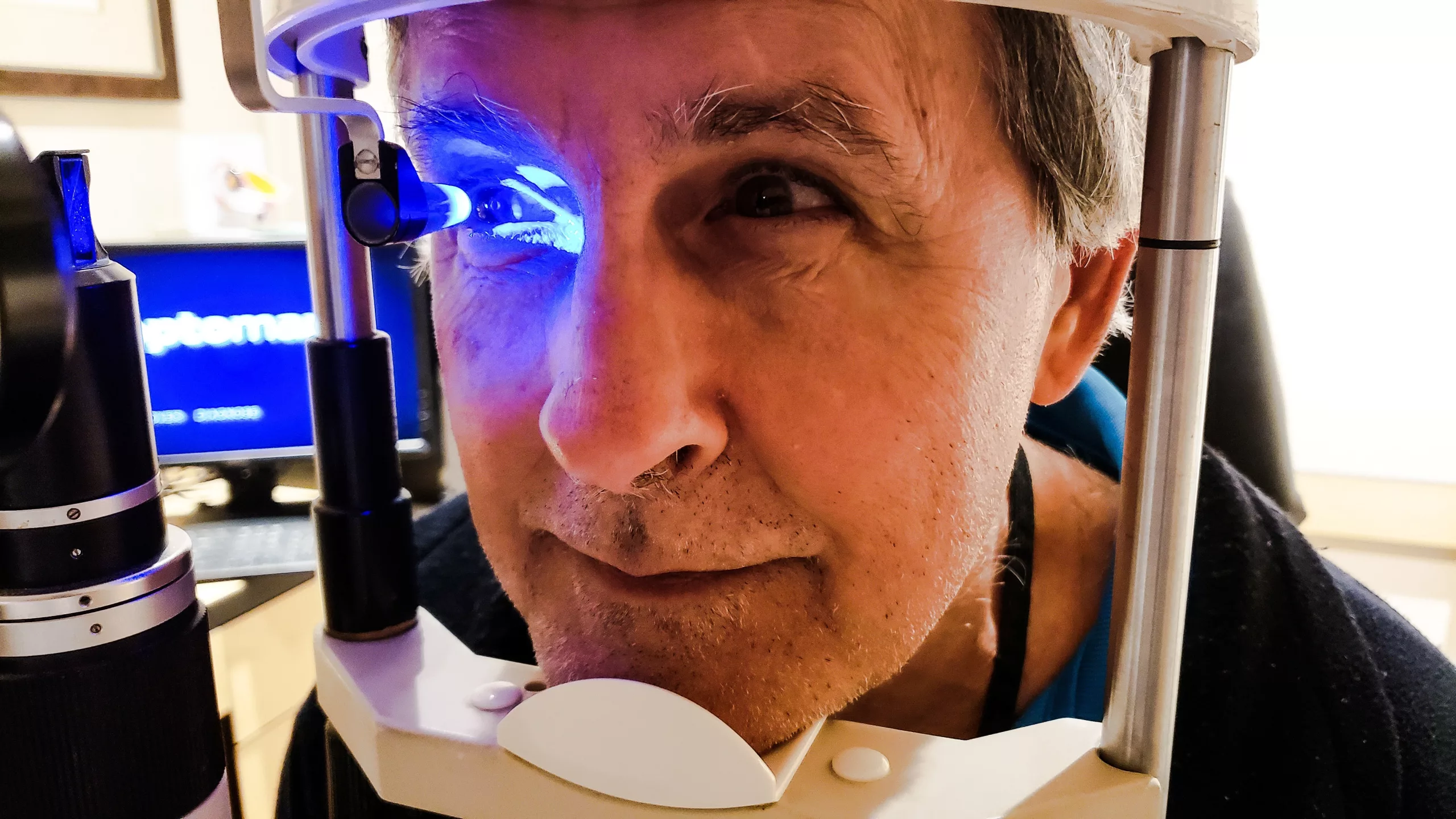Understanding the Whitnall Barrier: A Key Element in Ocular Health
Introduction
The Whitnall barrier, named after the renowned ophthalmologist Dr. Richard Whitnall, refers to a crucial anatomical structure that plays a pivotal role in maintaining the stability and function of the eye. Situated within the orbital region, this barrier serves as a protective mechanism, shielding delicate ocular structures from external forces and ensuring optimal physiological conditions for vision. To comprehend its significance fully, it’s essential to delve into its components, functions, and clinical relevance.
Anatomy of the Whitnall Barrier
The Whitnall barrier primarily consists of several key anatomical components:
- Tendinous Ligamentous Structures: These include the suspensory ligament of Lockwood and the lateral and medial check ligaments. These structures provide structural support and maintain the position of the eye within the orbit.
- Fascial Layers: Layers of connective tissue such as the orbital septum and the periorbita contribute to the integrity of the Whitnall barrier. The orbital septum, in particular, acts as a barrier against the spread of infections or hemorrhages from surrounding areas.
- Palpebral Ligament: Also known as the lateral canthal tendon, this ligament plays a crucial role in stabilizing the lateral aspect of the eyelid and ensuring proper alignment of the eyelid margins.
Functions of the Whitnall Barrier
The primary functions of the Whitnall barrier are multifaceted and essential for ocular health:
- Protection: It serves as a protective shield, safeguarding the eyeball and its associated structures from trauma, impacts, and external pressure.
- Support and Stability: By anchoring the eyeball within the orbit, the Whitnall barrier ensures stability and prevents excessive movement of the eye, thereby maintaining proper alignment and function.
- Mechanical Efficiency: The tendinous and ligamentous components of the barrier contribute to the efficient transmission of forces generated by extraocular muscles during eye movements, facilitating precise and coordinated motion.
- Barrier Function: The orbital septum, a critical component of the Whitnall barrier, acts as a barrier against the spread of infections or inflammatory processes from neighboring structures, thereby helping to maintain a sterile environment within the orbit.
Clinical Significance and Disorders
Understanding the Whitnall barrier is crucial in the context of various clinical conditions and disorders:
- Orbital Trauma: In cases of orbital trauma, damage to the Whitnall barrier can result in destabilization of the eyeball, leading to enophthalmos (posterior displacement of the eyeball) or other complications.
- Eyelid Malposition: Disorders affecting the palpebral ligament or other components of the Whitnall barrier can lead to eyelid malpositions such as ectropion or entropion, affecting ocular surface health and visual function.
- Orbital Infections and Inflammatory Conditions: The integrity of the orbital septum within the Whitnall barrier is crucial in preventing the spread of infections or inflammatory conditions such as orbital cellulitis or orbital abscess.
- Strabismus: Abnormalities in the tendinous and ligamentous structures of the Whitnall barrier can contribute to strabismus (ocular misalignment), affecting binocular vision and depth perception.
Conclusion
In summary, the Whitnall barrier represents a vital anatomical and functional complex within the orbit, essential for maintaining ocular health and integrity. From providing structural support and stability to serving as a protective shield against trauma and infections, its contributions are indispensable. Clinically, understanding its role helps in diagnosing and managing various orbital and ocular conditions effectively. By grasping the nuances of the Whitnall barrier, clinicians and patients alike can appreciate its profound impact on ocular health and the intricate mechanisms that govern vision.
World Eye Care Foundation’s eyecare.live brings you the latest information from various industry sources and experts in eye health and vision care. Please consult with your eye care provider for more general information and specific eye conditions. We do not provide any medical advice, suggestions or recommendations in any health conditions.
Commonly Asked Questions
news via inbox
Subscribe here to get latest updates !







